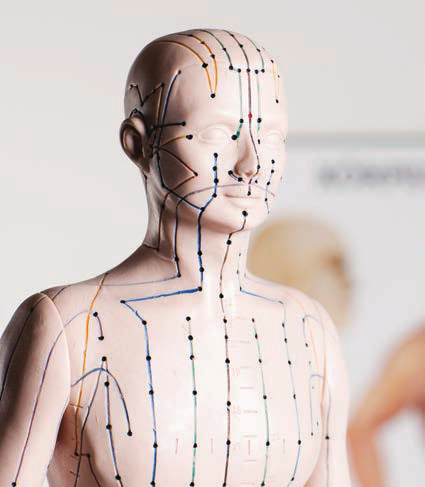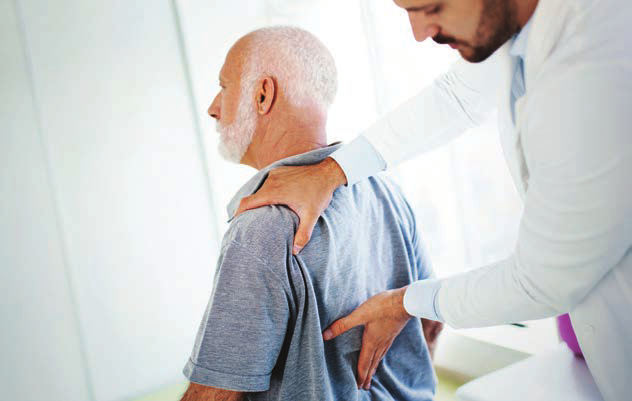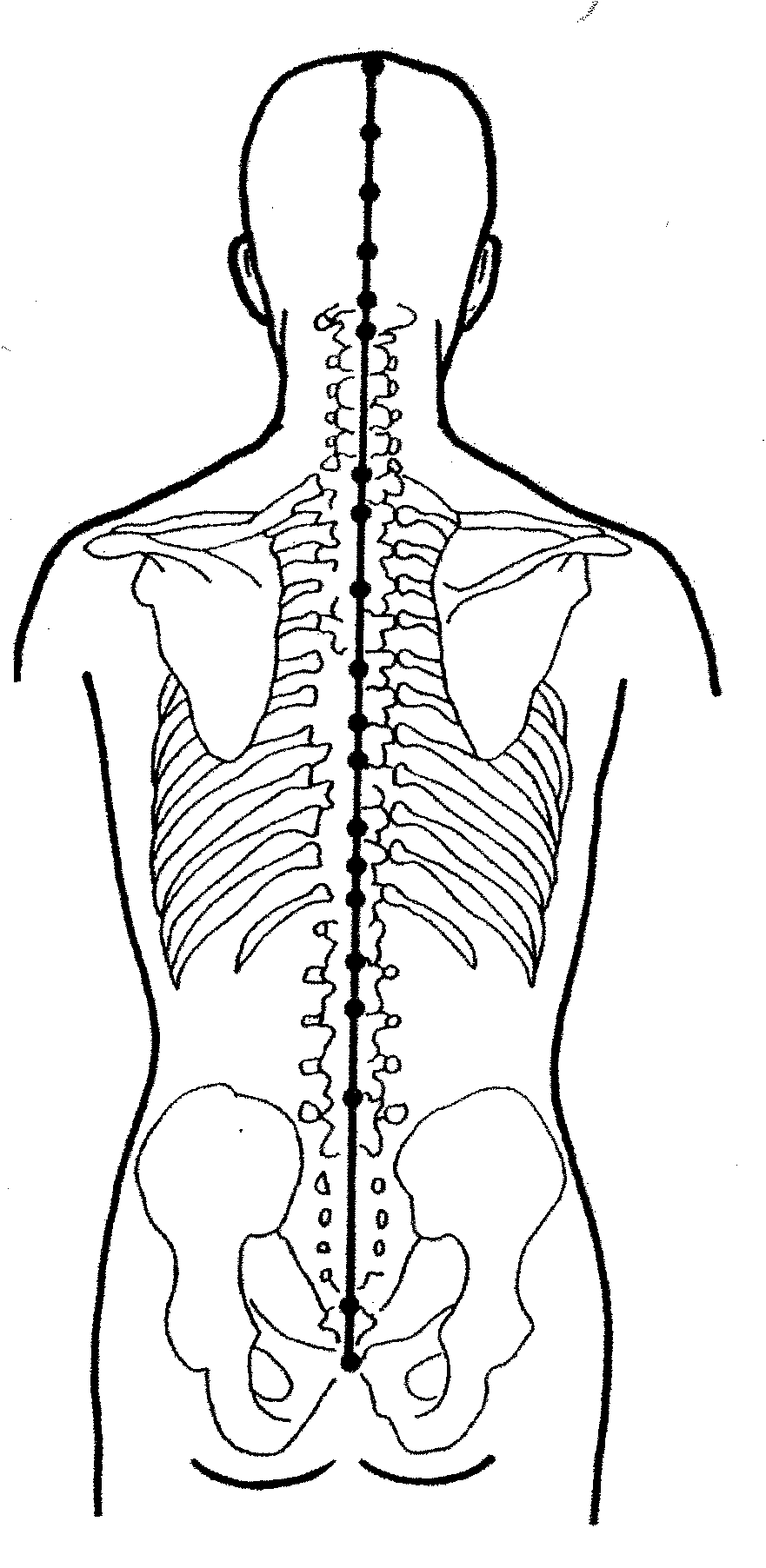
2520 California St, Ste G
Columbus, IN 47201(812) 374-4518
- Monday9am-4pmTuesday9am-5pmWednesdayclosedThursday9am-5pmFriday9am-5pmSatclosedSunclosed
-
Latest Articles:
- • Add These 10 Immune-Boosting Foods to Your Fall Diet •
- • Keep Your Skin Healthy and Glowing with these Fall Skincare Tips •
- • Beat End of Year Burnout with these Fall Self-Care Rituals •
- Sign up to receive news and updates and get my free report:“The Top 10 Reasons to Try Acupuncture”

Uncategorized
5 myths about acupuncture you should stop believing right now
Acupuncture is part of a medical system known as Traditional Chinese Medicine (TCM) that has been around for nearly 3,000 years. The practice uses hair-thin needles to stimulate acupressure points, specific points on the body that regulate the flow of energy through pathways called meridians. The free and balanced flow of this energy, or Qi, dispels pain and illness from the body, according to TCM. For many years in the Western world, in fact for most of the 3,000 years acupuncture has existed, people have been sceptical about placing their faith in a medical system that looks at energy pathways instead of veins.

Today, a growing body of research on acupuncture is going a long way to prove the efficacy of acupuncture for a variety of afflictions, and the practice is growing in popularity. If you’re one of those people still on the fence, take a closer look at these five prevailing myths about acupuncture before deciding it’s not for you.
Myth one: Acupuncture is painful.
It’s understandable to think being pricked with multiple needles will be painful or at least uncomfortable. In the West, our experience with needles is primarily through getting shots with hypodermic needles. Those needs are significantly larger than acupuncture needles, which are only about twice the diameter of a human hair. Acupuncture needles are also extremely flexible and can bend to a 90-degree angle without breaking. Rather than pain, most patients report a vague numbness, heaviness, tingling or dull ache around where the needles are inserted.
Myth two: Acupuncture only works to treat pain.
This couldn’t be further from the truth. In Asia, acupuncture is used to treat just about everything, and stateside, research is showing it alleviates a multitude of ailments. Acupuncture has been shown to help everything from allergies to arthritis. Some hospitals are now offering acupuncture to help alleviate stress and anxiety in the emergency room, and the U.S. military is using acupuncture on the battlefield to help with PTSD.
Myth three: Acupuncture doesn’t really work: it’s just a placebo effect
Over the past decade, scientific studies have come a long way in disproving this claim. Most studies today test the efficacy of acupuncture treatments by performing true acupuncture on a portion of the study participants and sham acupuncture on another group. The sham acupuncture, placing needles in people at random points rather than known acupoints, is meant to test the strength of the placebo effect in acupuncture. Several studies have found that while people in both groups report some change (pain relief, less nausea etc. depending on the study), the group that receives true acupuncture consistently reports more significant change, for a longer period of time, and system-wide change rather than just localized effects where the needles are inserted. In May 2018, the Journal of Pain published a study that looked at acupuncture and chronic pain using data from nearly 21,000 patients. In their study, patients who received sham acupuncture did not see significant changes in their pain whereas the group that received true acupuncture did, adding to the body of evidence showing acupuncture cannot be explained away by the placebo effect.
Myth four: Acupuncture works miracles: it only takes a couple needles to cure you
The truth is that acupuncture works on a cumulative basis, just like building muscle or losing fat by going to the gym. You can’t expect to go to the gym once and look like Dwayne Johnson. It takes time. And depending on how long you’ve been dealing with your ailment, it may take quite a bit of time and multiple treatments. There are no instant fixes when it comes to health.
Myth five: Acupuncture is expensive
This all depends on the practitioner, the type of acupuncture being performed and whether or not you use insurance. Practitioners sometimes offer sliding scale pricing. Community style acupuncture, typically performed in an open setting with the practitioner treating multiple people at once, is quite affordable. And, as more and more insurance policies start to cover acupuncture, it is becoming more accessible to more people.
Extraordinary Vessels – Ren Mai
 Some of the most important channels of energy in the human body aren’t the primary acupuncture meridians, but rather deeper channels of energy flow called the Extraordinary Vessels. These are deep wells of blood and energy within the body that help to regulate the 12 main channels. They are a deeper source of our body’s fundamental physiological energy. One of the most important Extraordinary Vessels is called the Conception Vessel, or Ren Mai. It is one of only two Extraordinary Vessels that has actual acupuncture points along its pathway.
Some of the most important channels of energy in the human body aren’t the primary acupuncture meridians, but rather deeper channels of energy flow called the Extraordinary Vessels. These are deep wells of blood and energy within the body that help to regulate the 12 main channels. They are a deeper source of our body’s fundamental physiological energy. One of the most important Extraordinary Vessels is called the Conception Vessel, or Ren Mai. It is one of only two Extraordinary Vessels that has actual acupuncture points along its pathway.
The Ren Mai, also called the Conception Vessel or the Directing Vessel, originates between the kidneys, flows down (through the uterus in women) to the perineum, and then runs up the midline of the front of the body to the mouth. There are 24 acupuncture points along the Ren Mai, but the whole of the vessel is accessed through opening points on the kidney and lung meridians on the ankles and wrists.
The Ren Mai is referred to as the Sea of Yin, and exerts an effect on all of the yin channels. It can be used clinically to nourish the yin of the entire body. Based on Traditional Chinese Medicine theory, yin represents all the cool, watery, passive, inward, resting physiological forces within the body. Because of its action of nourishing the whole body’s yin, the Ren Mai can be used to treat such symptoms as hot flashes, night sweats, sweaty palms, dry mouth and throat and certain types of anxiety.
The Ren Mai flows through the uterus (or the space where the uterus energy resides, if a woman has had a hysterectomy.) It is said to regulate the uterus and the blood, and is therefore responsible for puberty, menstruation, fertility, pregnancy, childbirth, postpartum healing, perimenopause and menopause. The Extraordinary Vessels are deep wells of energy the other meridians draw from if they are depleted. Therefore, the Ren Mai is particularly important for women when dealing with an issue of depletion – such as lack of periods, the postpartum period, and menopause (which is a natural weakening of the yin.)
The function of the Ren Mai is not just to nourish, however. It also moves energy in the uterus and the “lower burner” (meaning the organs within the pelvic cavity, including the bladder, and the prostate in men.) This means it can be used for a wide array of symptoms including chronic bladder problems, hernias, prostate issues, fibroids, abdominal masses and ovarian cysts.
The Ren Mai is opened by certain points on the lung and kidney meridians, and it is intricately tied to both. It helps promote the descending of lung Qi (lung Qi is supposed to descend…if it doesn’t, symptoms like wheezing and coughing occur), as well as help the kidneys grasp the Qi. Taken together, this means that the Ren Mai helps with respiration, aiding both in inhalation and exhalation. As such it is frequently used to treat asthma.
With the right presentation, the Ren Mai can also be used to regulate fluid distribution in the abdomen, activate metabolism and regulate fat tissue.
The Ren Mai can be treated with acupuncture, Chinese herbal medicine and certain nourishing foods.
Research Update: Acupuncture for Painful Periods (Dysmenorrhea)
 A study published in the Journal of Acupuncture and Meridian Studies looked at the efficacy of acupuncture to control the symptoms of primary dysmenorrhea. The study examined 60 women who were split into two different groups: the study group or the control group. The women in the study group received acupuncture for 15 days per month over a 90-day period. The women in the control group did not receive acupuncture. At the end of the study, it was concluded the women receiving acupuncture experienced far fewer symptoms with less severity than those who did not receive acupuncture. Symptoms such as cramps, pain, mood changes, diarrhea and fatigue all were reported less frequently in the study group. This study indicates that acupuncture is a viable tool for treating dysmenorrhea.
A study published in the Journal of Acupuncture and Meridian Studies looked at the efficacy of acupuncture to control the symptoms of primary dysmenorrhea. The study examined 60 women who were split into two different groups: the study group or the control group. The women in the study group received acupuncture for 15 days per month over a 90-day period. The women in the control group did not receive acupuncture. At the end of the study, it was concluded the women receiving acupuncture experienced far fewer symptoms with less severity than those who did not receive acupuncture. Symptoms such as cramps, pain, mood changes, diarrhea and fatigue all were reported less frequently in the study group. This study indicates that acupuncture is a viable tool for treating dysmenorrhea.
Dysmenorrhea, also known as painful menstruation, is the most commonly reported gynecological problem in women who are menstruating. Dysmenorrhea is a subgroup of pelvic pain that can manifest as painful menstrual flow. The cause of dysmenorrhea is not specifically known by conventional medicine, but it has been determined that women suffering from this pain have increased levels of the hormones prostaglandin, oxytocin and vasopressin. These three hormones stimulate pain fibers in the uterus, leading to increased overall pain that can last for several hours or days.
To help determine if a woman is truly suffering from dysmenorrhea, a monthly journal is usually kept to note any similarities from one period to the next. Typically, dysmenorrhea is diagnosed through the use of a pelvic exam, blood and urine tests and possibly a pelvic ultrasound or x-rays. Conventional medicine treats dysmenorrhea with non-steroidal anti-inflammatory medications and hormonal supplements, like oral contraceptives. But these are not without their side effects.
Eastern Medicine, however, considers the whole person when diagnosing and treating. Traditional Chinese Medicine (TCM) looks at the patient holistically, considering all aspects, including the mind, the body and the environment of the person. Diagnosis of a person includes inspection and observance of the expressions, colors, appearance, smells and any idiosyncrasies that may be present.
TCM also looks at the patient’s tongue and pulses on both wrists. These two practices are the primary diagnostic tools used in TCM. The tongue and pulses can reveal quite a bit of information about what is going on internally. Different areas of the tongue correspond to body systems and energetic pathways. For example, the tip of the tongue can show irregularities related to the heart and the mind. The rear of the tongue can show irregularities related to the urinary bladder and kidneys and is associated with the emotion of fear. The pulse is also broken down into six locations, three on each side, all of which correspond to a body system and the related energetic pathway.
With dysmenorrhea, the liver energetic pathway is the most commonly involved. When the liver pathway is involved, it is most commonly due to emotional issues, rather than physical problems. However, over time, emotional issues such as anger, irritability and frustration can lead to physical problems in the body, including breast tenderness, large blood clots during menstruation, headaches and high blood pressure.
Acupuncture is one of the tools used by TCM practitioners to help bring balance back to the body. Studies have shown that women who receive regular acupuncture tend to have fewer symptoms of dysmenorrhea or their symptoms are less severe over time. This is because acupuncture helps decrease pain and inflammation, while also calming the mind and digestive tract. Many women who receive regular acupuncture treatments also take power naps while the needles are in place, which can help with the symptoms of dysmenorrhea.
To treat dysmenorrhea, a licensed acupuncturist may use several tools, including acupuncture, herbs, nutrition and possibly even mind body practices like meditation. It all depends upon the severity of the condition. To find out more, contact a practitioner in your area.
https://www.sciencedirect.com/science/article/pii/S2005290117302066
Source: http://bit.ly/research5119
Research Update: Acupuncture for Low Back Pain
 A study published in the British Medical Journal examined how acupuncture can be beneficial for low back pain. The researchers split 241 people into two groups. One group received acupuncture treatments and the other group only received conventional treatments for pain. Over the course of the two-year study, researchers found that those participants receiving acupuncture reported their pain levels were less and that they needed less medication. While the differences in pain scores were not astronomical, this study does demonstrate that the addition of acupuncture to conventional treatments for low back pain can be helpful.
A study published in the British Medical Journal examined how acupuncture can be beneficial for low back pain. The researchers split 241 people into two groups. One group received acupuncture treatments and the other group only received conventional treatments for pain. Over the course of the two-year study, researchers found that those participants receiving acupuncture reported their pain levels were less and that they needed less medication. While the differences in pain scores were not astronomical, this study does demonstrate that the addition of acupuncture to conventional treatments for low back pain can be helpful.
Statistics show that almost eight out of ten people will experience low back pain at some point during their life. Seeking medical treatment for back pain is very common. Typically back pain is fleeting and can be easily resolved with rest, heat and an occasional anti-inflammatory like ibuprofen. However, once the damage is done, the recurrence of back pain can be as high as 50 percent. Part of this is because as we age, things like muscles and tendons become less flexible and pliable. It is also very well known that in the United States people are too sedentary, and this leads to excess weight gain that can create added pressure on the body, especially the low back.
Traditional Chinese Medicine (TCM) is a medical system that dates back nearly 3,000 years. Despite its age, TCM has a lot of validity to offer in the age of modern medicine. Thousands of studies have proven that acupuncture, just one of the modalities used in TCM, can be very beneficial in the treatment of low back pain.
Acupuncture uses hair-thin needles to stimulate specific pressure points on the body. By invigorating these points, the brain is triggered to release endorphins, which are natural painkillers. The energy within the body is also moved and adjusted. According to TCM medical theory, when the energy is blocked or weak, then pain and illness can attack the body.
One of the advantages of utilizing acupuncture to treat low back pain is that the acupuncturist doesn’t need to diagnose the cause of the pain before treating it. Since acupuncture has no real adverse side effects when performed by a qualified and professionally licensed practitioner, pain relief can begin the very first time a patient is treated.
The treatments are very customizable because this medicine is not a “one size fits all” type of solution. This means that as the pain shifts and changes, the patient will receive customized treatments that not only address the pain and inflammation, but they also work on resolving the root of the problem. Most patients who are dealing with pain also have added stress, insomnia and depression or anxiety. Acupuncture is great at treating all of these conditions. So the patient gets more than just pain relief.
Acupuncture is so effective at treating and relieving pain that it is now showing up in hospitals and emergency rooms. In fact, Abbott Northwestern Hospital in Minneapolis, Minnesota is now successfully using acupuncture in its emergency room to treat conditions ranging from low back pain to car accident injuries to kidney stones. Their initial results show that pain scores are just as low with acupuncture as they are with analgesic painkillers. Another positive action regarding the utilization of acupuncture came just recently. The Food and Drug Administration released proposed changes that plan to educate health care providers about treating pain. The new guidelines recommend that doctors get information about acupuncture and suggest it to their patients before prescribing opioids.
With these kinds of recommendations and testimonials, it is hard to believe that only about ten percent of Americans have ever tried acupuncture. But that statistic is slowly changing as more and more people are seeking natural and alternative methods of dealing with low back pain. Why not check it out for yourself? Contact a licensed acupuncturist in your area and see how they can help you.
https://www.sciencedaily.com/releases/2006/09/060915102553.htm
Extraordinary Vessel – Du Mai
 In addition to the 12 main acupuncture meridians that flow along the surface of the body, practitioners of Traditional Chinese Medicine also treat deeper channels of energy in the body called the Extraordinary Vessels. If you think of the primary acupuncture meridian as rivers of energy and blood within the body, then the Extraordinary Vessels are deep lakes. They act to regulate the flow of Qi and blood within the 12 main channels – if there is not enough energy in a particular channel, the Extraordinary Vessels can help to fill it. Likewise, if energy is overflowing or erratic in a particular acupuncture meridian, the Extraordinary Vessels can help to redirect the excess energy to other areas of the body.
In addition to the 12 main acupuncture meridians that flow along the surface of the body, practitioners of Traditional Chinese Medicine also treat deeper channels of energy in the body called the Extraordinary Vessels. If you think of the primary acupuncture meridian as rivers of energy and blood within the body, then the Extraordinary Vessels are deep lakes. They act to regulate the flow of Qi and blood within the 12 main channels – if there is not enough energy in a particular channel, the Extraordinary Vessels can help to fill it. Likewise, if energy is overflowing or erratic in a particular acupuncture meridian, the Extraordinary Vessels can help to redirect the excess energy to other areas of the body.
There are eight Extraordinary Vessels in the body, and only two have acupuncture points along their pathway. One of these is the Governing Vessel, or Du Mai. It originates between the kidneys, flows down to the perineum and then runs up the length of the spine, through the brain, over the top of the head and down the midline of the face.
The Du Mai is also called the “Sea of Yang,” and stores, nourishes and moves the yang energy within the body, and influences all of the yang meridians. It particularly strengthens the yang of the kidneys, which is the root of all yang within the body. Yang is the hot, fiery, expansive, active parts of our physiology. Without yang, there is no life. The main point to nourish kidney yang is located on the Du Mai itself, on the low back.
Due to its pathway inside the spine, the Du Mai is used clinically for strengthening the spine and the back. Acupuncture needles can be inserted into points directly along the Du Mai meridian, or the vessel can be accessed by needling certain opening points on the wrists and ankles, which directly influence the Du Mai. It can be a great distal treatment for back pain, because the Du Mai can be treated with patients lying on their back or seated in a chair, if lying face down is too uncomfortable. It is an important treatment for many back issues such as bulging discs, arthritis or spinal stenosis.
The Du Mai can also be used to nourish the brain for symptoms such as dizziness or poor memory. Because a small branch of the Du Mai passes close to the heart, it can also be used to strengthen the mind and spirit. Lastly, some traditions of acupuncture use the Du Mai to expel wind from the body – it can be used to expel exterior wind-causing symptoms like runny nose, headache, fever and stiff neck. It can also be used to expel internally generated wind, for symptoms like tremors, tics, convulsions or vertigo.
The Du Mai can be stimulated with acupuncture needles during acupuncture treatment, or can be accessed internally through the use of qi gong breathing and movement techniques. Certain herbs stimulate the Du Mai and can be used in herbal formulas to carry the actions of other herbs to this Extraordinary Vessel, as well.


